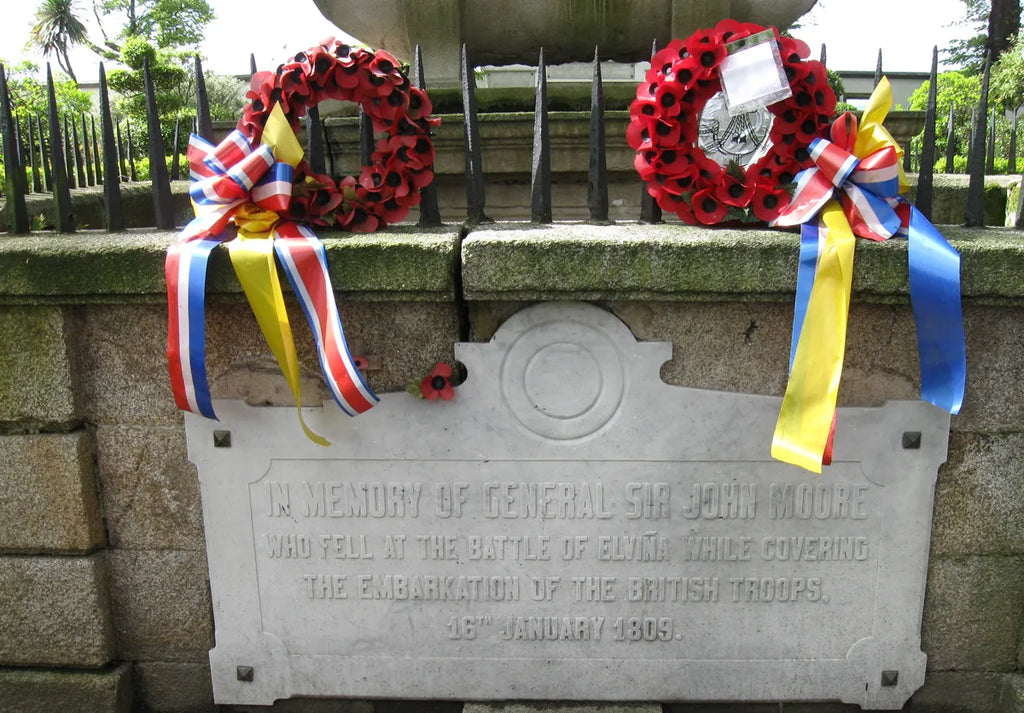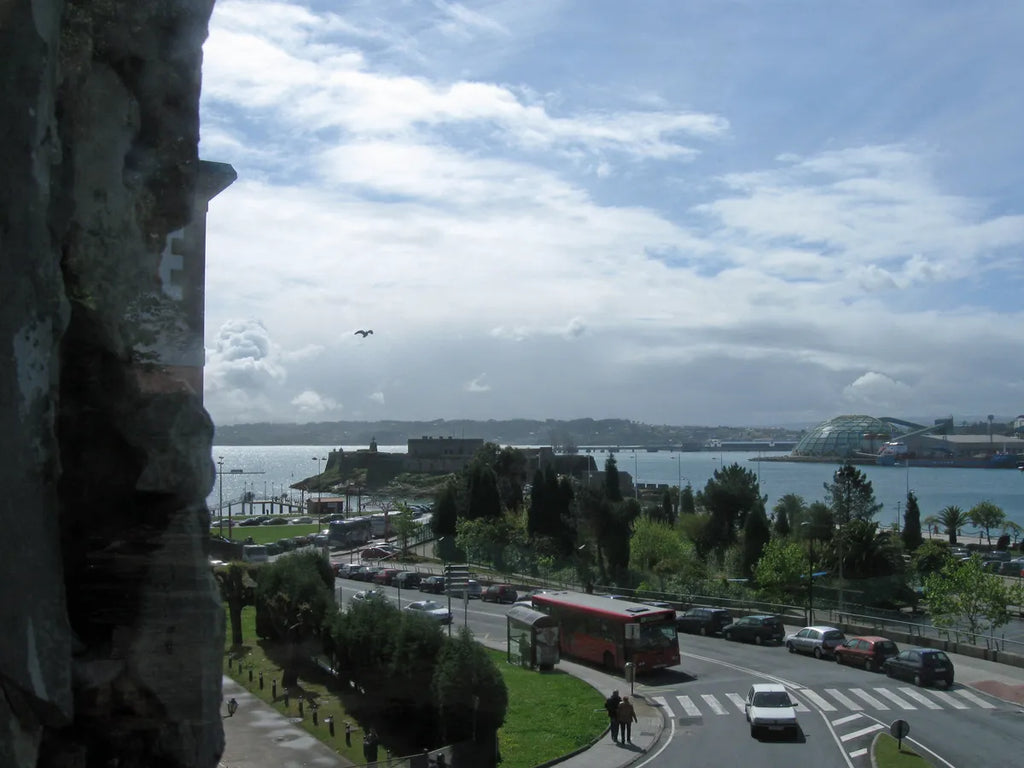
Remembering the Battle of Corunna
Share
caption: Statue of Sir John Moore in San Carlos Garden at A Coruña. Photos by me.
In 1808, Britain sent an army to the coastal town of La Coruña (A Coruña in Galician) with orders to march toward Madrid and, joining with British forces coming up from Portugal and Spanish on the field, rout the invading French armies from Spain. As I depict in my novel The Spanish Patriot, nothing went as expected for the allies, and in the end, the British army was forced to retreat, a starving forced march over wintry iced mountains that killed so many people and animals that some wondered if there would be an army left when they reached the coast.
There was, barely. Backs against the Bay of Biscay, the remaining British and local Spanish finally fought the first full battle of the monthslong campaign, outside the walls of La Coruña near the village of Elviña. General Sir John Moore, known for instituting an effective system of training light infantry regiments, “won” the defensive battle on Jan. 16, 1809, but lost his life. His troops made it onto transport ships and convoyed back to England, later returning via Portugal to take up the fight again, but in the meantime leaving their Spanish allies to face the French alone.
The Battle of Corunna (as the English spelled it) doesn’t make it onto the highlight reels of the British version of the Napoleonic wars. Moore’s name was dirt in England, especially in the papers, for decades; he could not posthumously defend himself while his fellow officers were trying to save their own reputations. He also had not explained the motivations behind his orders to his officers (which Wellington also often did not do), so they were left to guess why he ordered the troops forward and back, forward and back again.
Moore was buried wrapped in a military cloak near the town’s ramparts. His funeral was commemorated in the 1817 poem “The Burial of Sir John Moore after Corunna” by Charles Wolfe, which for a long time was one of the poems British schoolchildren had to learn (even Radiohead’s Ed O’Brien has said he had to memorize it at age 8). The poem gets many details wrong, but the sentiment right. The final lines:
Slowly and sadly we laid him down,
From the field of his fame fresh and gory;
We carved not a line, and we raised not a stone,
But we left him alone with his glory.
[Listen to Derek Jacobi read the full poem on YouTube]
Their French opponents, though, thought the battle hard-fought and Moore worthy of respect. After they took La Coruña, their general, Marshal Soult, ordered a monument be built over Moore’s grave; this monument was rebuilt and made more permanent in 1811. Now, a small park encloses the current monument. A bust of Moore at the edge of the park has a fine view of the port and the defensive castle that juts into it (third photo).



